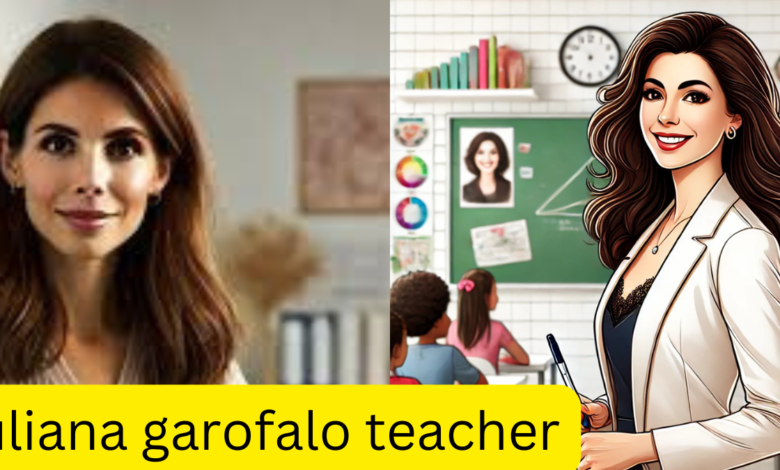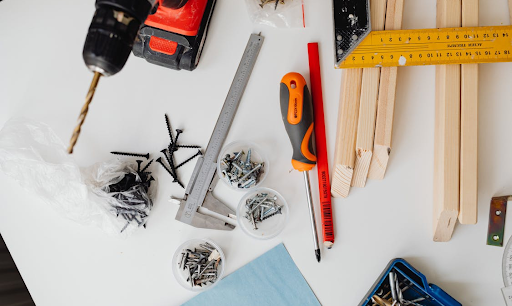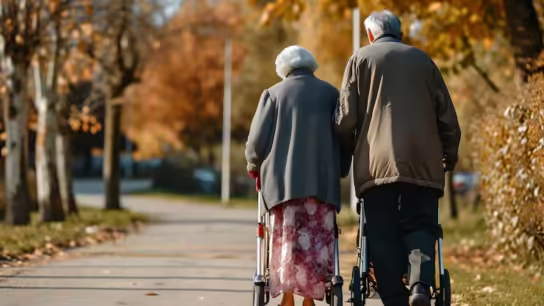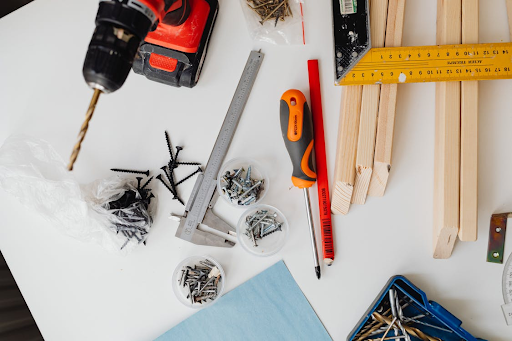Introduction
Juliana Garofalo is a name that resonates deeply in the world of education. She is not just a teacher but a symbol of dedication, innovation, and a passion for shaping young minds. Her approach to teaching has transformed classrooms, influenced students’ lives, and inspired countless educators. Garofalo’s career is a testament to the power of personalized education, making learning an enriching experience for every student. In this article, we explore the life and legacy of Juliana Garofalo, her educational philosophy, and the lasting impact she’s had on both her students and the broader educational landscape.
In today’s fast-paced world, teachers like Juliana Garofalo remind us of the critical role that educators play in nurturing future generations. Through her commitment to reforming educational systems and improving teaching methods, she has made a significant mark. As we delve deeper into her story, we will explore her early life, career achievements, and contributions to education reform. Additionally, we will examine how her legacy continues to inspire teachers and students alike.
Early Life and Education
Juliana Garofalo’s journey into the world of education began with a strong foundation built on curiosity and a desire to learn. Born into a family that valued education, she developed a love for knowledge at an early age. Her academic journey was marked by an eagerness to explore various subjects and a keen interest in how different learning styles affect students’ academic progress. This curiosity was a driving force behind her decision to become a teacher, as she recognized the transformative power that education could have on individuals and communities.
After completing her undergraduate studies, Garofalo pursued a career in education, enrolling in graduate programs that allowed her to refine her teaching skills. She quickly realized that the traditional teaching methods often failed to engage students fully or address their diverse learning needs. This realization led her to develop a unique approach to teaching, one that emphasized creativity, inclusivity, and adaptability. Her experiences as both a student and a teacher shaped her belief that every child has the potential to succeed, and it is the educator’s responsibility to unlock that potential through personalized instruction.
Career and Teaching Philosophy

Juliana Garofalo’s teaching career spanned several decades, during which she built a reputation as a trailblazer in educational reform. Throughout her career, she consistently challenged conventional teaching methods, advocating for approaches that placed students at the center of the learning process. Her teaching philosophy was rooted in the belief that education should be a dynamic, interactive experience, not a one-size-fits-all model.
One of Garofalo’s most notable contributions to education was her development of student-centered learning techniques. She recognized that every student learns differently and that traditional methods of instruction often left some students behind. In her classrooms, Garofalo encouraged critical thinking, collaboration, and hands-on learning, creating an environment where students were actively engaged in their own learning journey. She often incorporated real-world applications into lessons, helping students see the relevance of what they were learning and how it applied to their lives.
Beyond her classroom innovations, Garofalo was deeply committed to fostering a supportive learning environment where students felt valued and understood. She was known for her ability to connect with students on a personal level, building relationships based on trust and mutual respect. Her approach helped students build confidence in their abilities, making them more willing to take risks and embrace challenges. Garofalo’s impact extended far beyond academic achievement; she helped shape her students into well-rounded individuals who were equipped with the skills and mindset needed to thrive in an ever-changing world.
Contributions to Education Reform
Garofalo’s impact was not limited to her classroom; she also played a pivotal role in advocating for broader changes within the education system. Throughout her career, she worked tirelessly to reform outdated educational policies and practices that hindered student success. One of her key areas of focus was curriculum development, where she sought to create more inclusive, engaging, and relevant educational content for students of all backgrounds.
As an advocate for educational equity, Garofalo championed the importance of providing equal access to quality education for all students, regardless of their socio-economic background. She believed that education should be a tool for social change, helping to break down barriers and provide opportunities for all individuals. In her advocacy work, Garofalo collaborated with other educators, policymakers, and community leaders to push for changes that would benefit underserved communities. Her efforts were instrumental in shaping initiatives that aimed to close achievement gaps and provide additional support for students in need.
Garofalo’s contributions to education were recognized through various awards and accolades, which further solidified her place as a leader in the field. She was frequently invited to speak at conferences and workshops, where she shared her innovative ideas and inspired other educators to adopt her student-centered approach. Her legacy in education reform continues to influence policymakers and educators around the world, as her work laid the groundwork for the more inclusive and dynamic teaching methods we see today.
Legacy and Inspiration
The legacy of Juliana Garofalo is one that continues to inspire teachers, students, and education advocates alike. Her influence can be seen in the countless educators who have adopted her methods and philosophies, incorporating her emphasis on student-centered learning and individualized instruction into their own classrooms. Through her innovative teaching techniques, Garofalo showed that it is possible to engage students in meaningful ways and foster a love of learning that lasts a lifetime.
Perhaps the most enduring aspect of Garofalo’s legacy is the lasting impact she had on her students. Many of her former pupils have gone on to achieve great success in their personal and professional lives, often citing Garofalo as a key influence in their development. Her ability to connect with students on a deep level and help them realize their potential left an indelible mark on their lives. Stories of Garofalo’s former students highlight her unique ability to empower others, instilling in them the confidence and drive to pursue their goals with determination.
Garofalo’s work also serves as a reminder of the importance of supporting and valuing educators. Her story shows that teachers have the power to shape the future, not just by imparting knowledge but by inspiring and motivating students to reach their fullest potential. Today, Garofalo’s teachings continue to resonate with educators who strive to create classrooms where every student feels seen, heard, and supported.
Conclusion
Juliana Garofalo’s career is a shining example of what it means to be an educator who not only teaches but also transforms lives. Through her innovative teaching methods, commitment to educational reform, and unwavering dedication to her students, she has left a lasting legacy that continues to inspire future generations of teachers. Garofalo’s story is a powerful reminder of the importance of educators in shaping the future and the profound impact they can have on their students’ lives.
As we reflect on Garofalo’s contributions, it is clear that her work is far from finished. Her influence continues to inspire educators and students alike, and her commitment to making education a transformative experience serves as a beacon for those who seek to follow in her footsteps. For anyone who values the role of education in shaping the future, Juliana Garofalo’s legacy will always be a source of inspiration.





